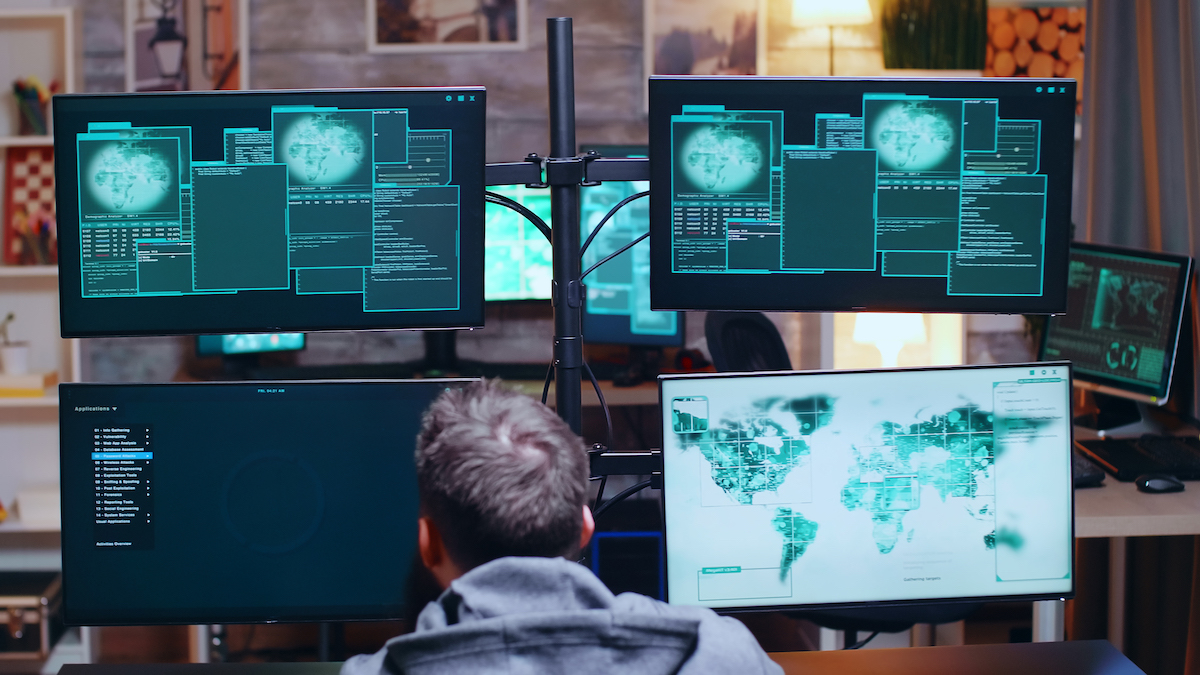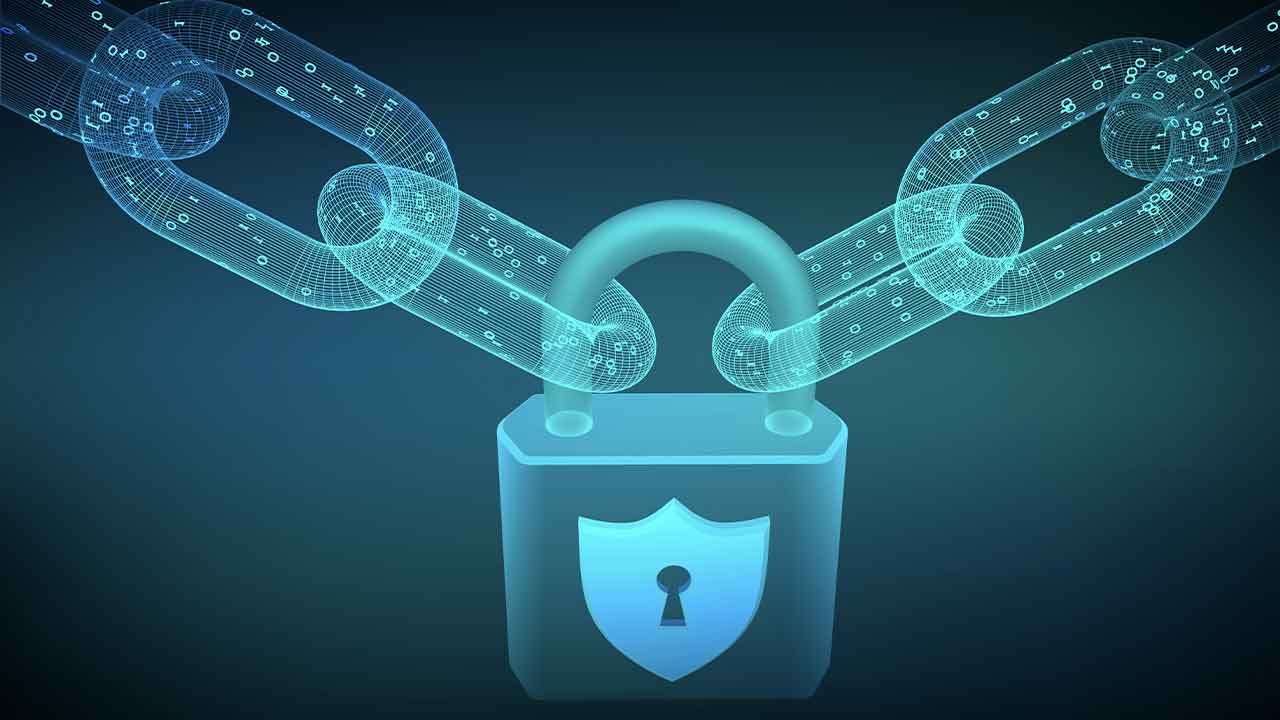3 Cybersecurity Steps to Reduce Threats to your Electrical System
When anyone mentions cybersecurity, you may automatically think they are referring to IT systems. That is because protecting IT networks – and their associated personal, financial, and other proprietary data – has been the responsibility of IT professionals for an exceptionally long time. But what about your operational technology (OT) infrastructures? Are they also at risk from cyberattacks? How can you protect them? In this post, we’ll discuss these questions, and three specific recommendations for protecting your electrical systems.
OT Cyberattacks: An Increasing Threat
The Ponemon Institute emphatically states that, “Cyberattacks are relentless and continuous against OT environments.” In a survey of over 700 organizations from six countries they found that 50 percent had experienced a cyberattack against their OT infrastructure within the last two years that resulted in downtime. For large and critical operations, this can be devastating.
All you need to do is follow the news to see frequent examples of such attacks. For example, in early 2021, the fast action of a technician narrowly avoided the risk of thousands of people being poisoned due to a hacker gaining access to a Florida city’s water treatment plant. Going back a few years, a breach that came through the HVAC system caused international retailer Target to have 40 million credit and debit card accounts compromised, costing them $290 million.
The latter example is just one of many that show why building systems are now widely recognized as OT attack targets. The evolution toward smarter buildings is causing an explosion in the numbers of connected devices – already an estimated 200+ million in commercial buildings alone. With more devices comes more data that needs to be protected, but for facility and business management teams to extract the maximum value, data must be aggregated and shared across OT and IT systems.
This OT/IT interconnection means that a cyberattack on an OT system can:
- Compromise operational safety or the health of building occupants
- Impact productivity by taking down production lines or other equipment and processes; more about the relationship between Cybersecurity and Productivity.
- Ultimately cause an IT threat by passing malware or a virus from the OT to IT infrastructure
The Attack Surface is Now Larger
Essentially, connected OT infrastructures have increased the ‘attack surface’ for hackers and, in many cases, have acted as an organization’s Achilles heel. Clearly, it is not enough anymore to focus attention only on protecting IT and data systems integrity. All organizations must ensure strong OT cybersecurity is in place.
But what OT systems are we talking about? Depending on your type of operation, these can include industrial automation systems (e.g. SCADA) and smart building systems like a building management system (BMS), building security, lighting systems, and the energy and power management system (EPMS) overseeing your facility’s electrical distribution. Navigant Research notes, “Cybersecurity issues are expected to grow in tandem with the digital transformation of real estate through intelligent building technologies.”
In this post, we will consider cybersecurity specifically for your EPMS and electrical distribution system. However, these recommendations and practices equally apply to other OT systems.
Connected Power Means Greater Vulnerability
Energy and power management systems are helping organizations boost efficiency and sustainability, optimize operating costs, maximize uptime, and get better performance and longevity from electrical assets. When combined with BMS, an EPMS can also help make the work environment healthier and more productive for occupants.
Enabling these EPMS benefits is a connected network of smart metering, analysis, control, and protection devices that share data continuously with onsite and/or cloud-based EPMS applications. The application provides extensive monitoring and analytics while providing mobile access to data and alerts to all facility stakeholders. Connection to the cloud also opens the door to expert power and asset advisory support that can augment a facility’s onsite team with 24/7 monitoring, predictive maintenance, energy management, and other services.
All these onsite, cloud, and mobile connections offer a potential target and entry for hackers so you can read our facility managers guide to building systems and cybersecurity.
Securing Your Electrical System: A Holistic Approach
A hacker only needs to find one ‘hole’ in one system, at one point of time, to be successful. What you need is a holistic approach to ensure that all potential vulnerabilities are secured. For new buildings, cybersecurity best practices should be a part of the design of all OT systems. For existing buildings, cybersecurity should be addressed when OT systems are starting to be digitized. For both scenarios, the following are three key considerations:
1. Seek Specialized, Expert Assistance
The priorities for IT systems are confidentiality, integrity, and availability. For OT, the top priorities are safety, resilience, and confidentiality. This means that OT security upgrades or problems need to be addressed in a different way from IT, with careful planning and procedures. For these reasons, you need to choose a cybersecurity partner who has proper OT experience, to help you comply with all relevant cybersecurity standards and best practices.
OT systems also use different communication protocols compared to IT systems, such as BACNet, Modbus, etc. If you had your IT team attempt to perform OT security system scans, those scanning tools might cause serious conflicts, risking an OT system shutdown.
Cyberthreats are also constantly evolving, so you should seek a partner who offers ongoing OT monitoring services, updates, system maintenance, and incident response. All of these should be available remotely.
2. Put the Right Controls in Place
An OT cybersecurity specialist will help audit your EPMS and electrical systems to assess the current vulnerabilities and risks, including the gaps in any procedures and protocols.
You and the specialist must determine how secure your electrical system needs to be. The IEC 62443 standard helps protect IoT-enabled OT systems by defining seven foundational requirements (e.g. access control, use control, availability, response, etc.), each of which are designated a security level. Increased security levels offer greater protection against more sophisticated attacks. Your cybersecurity partner will help you determine the level of security you need for each requirement.
An example of one technique for securing networked systems is to break up systems into ‘zones,’ with each secured individually. OT will be separated from IT, and within OT there may be further segregation. A special ‘demilitarized’ zone is typically included, which is a perimeter subnetwork that sits between the public and private networks for an added layer of security. This makes it harder for hackers to find a way in from one system or zone to another. Where required, connections between networks are provided by specially secured data ‘conduits.’
Your electrical system should also be physically secured, with no access by unauthorized personnel. This same strategy applies to EPMS communications network security by means of controlled, multi-tiered permission-based access.
3. Train your Staff
Many cyberattacks are successful because employees have caused unintended errors. It is important that your people become aware of, and vigilant against, cyberthreats. This includes giving your operations team specialized OT cybersecurity training.
This training will typically include multiple steps, including training all individuals to spot social engineering cues, such as phishing attempts or attempts to access protected areas using pretexting (i.e. someone pretending to be a vendor to gain access). This will also include establishing protocols around the use of passwords, multi-factor authorization, policies around WiFi access (e.g., guest network that remains isolated from OT networks), regular auditing of user accounts and permissions, etc.
Originally this article, written by Felix Ramos & Khaled Fakhuri, was published here.



